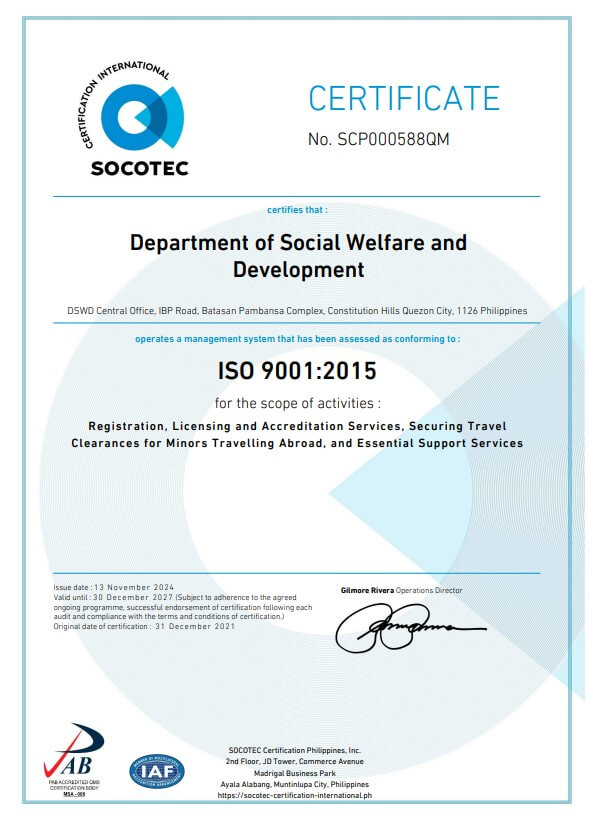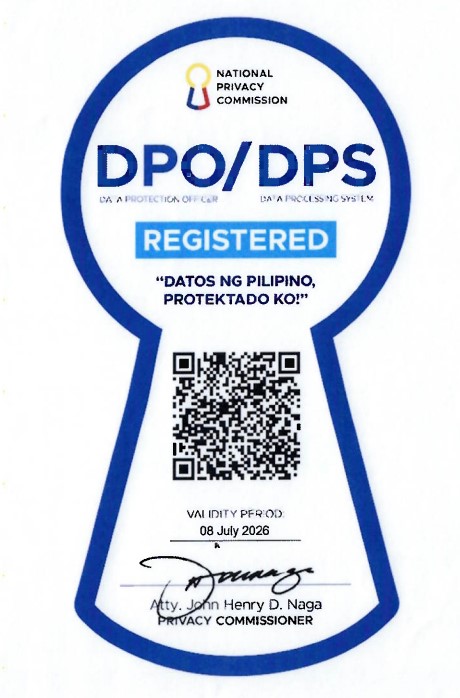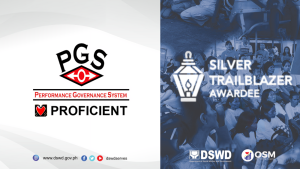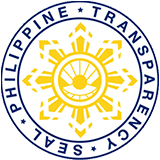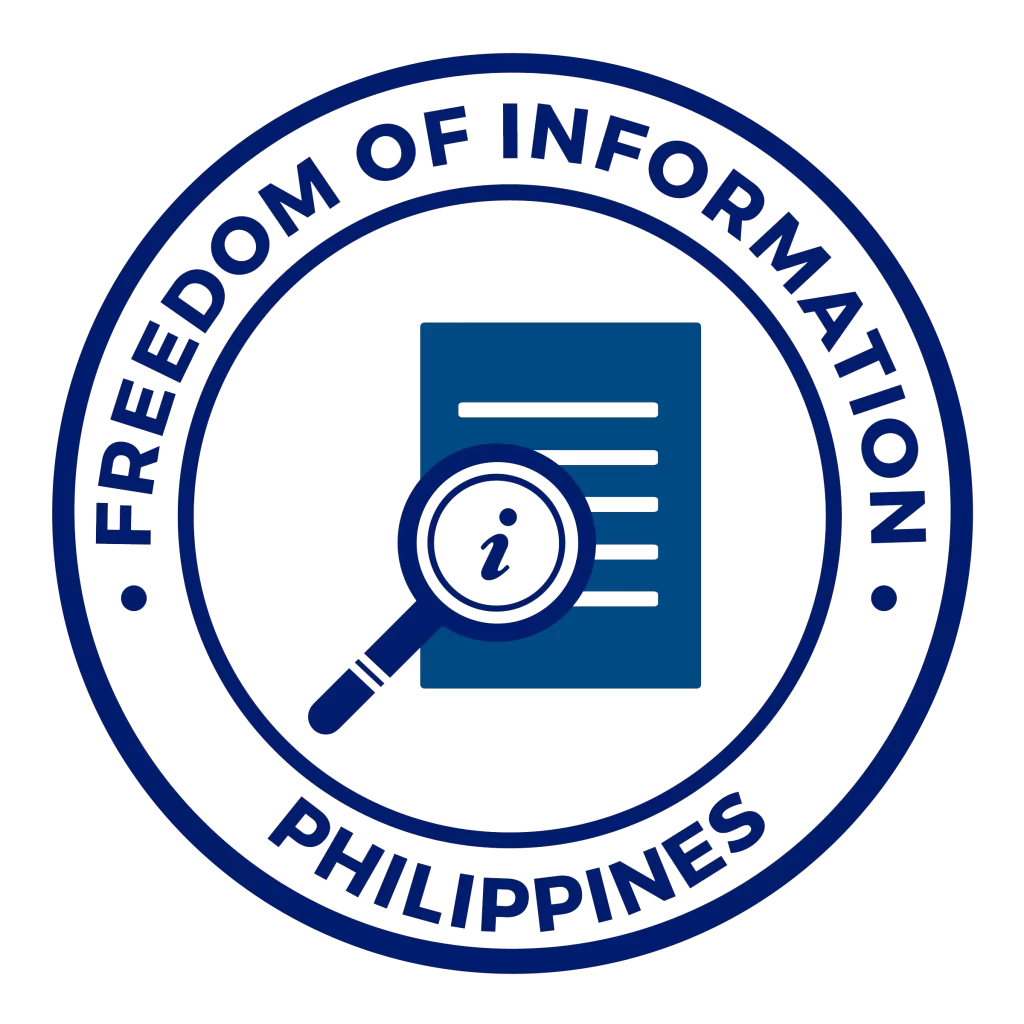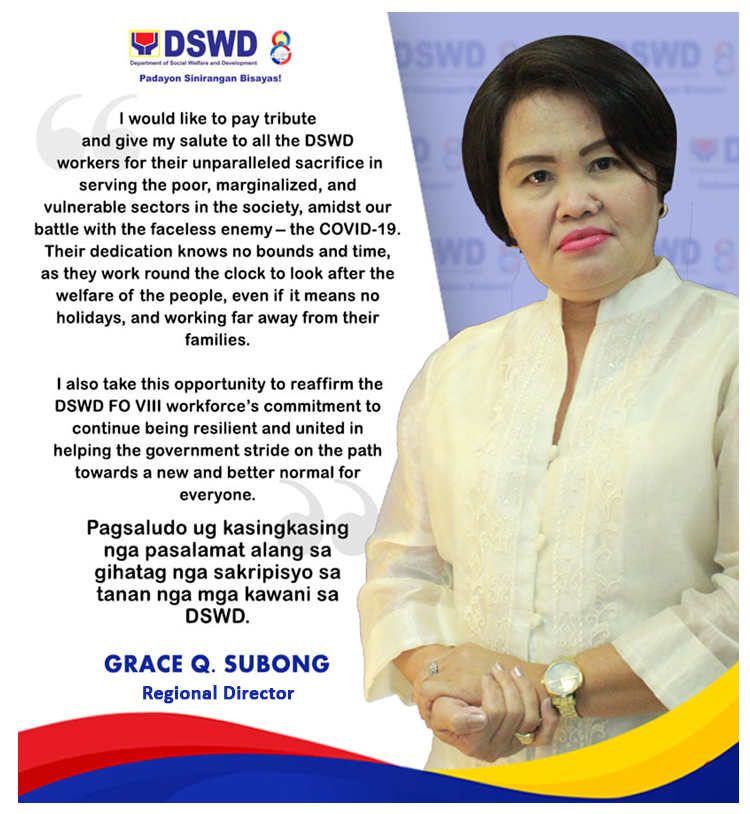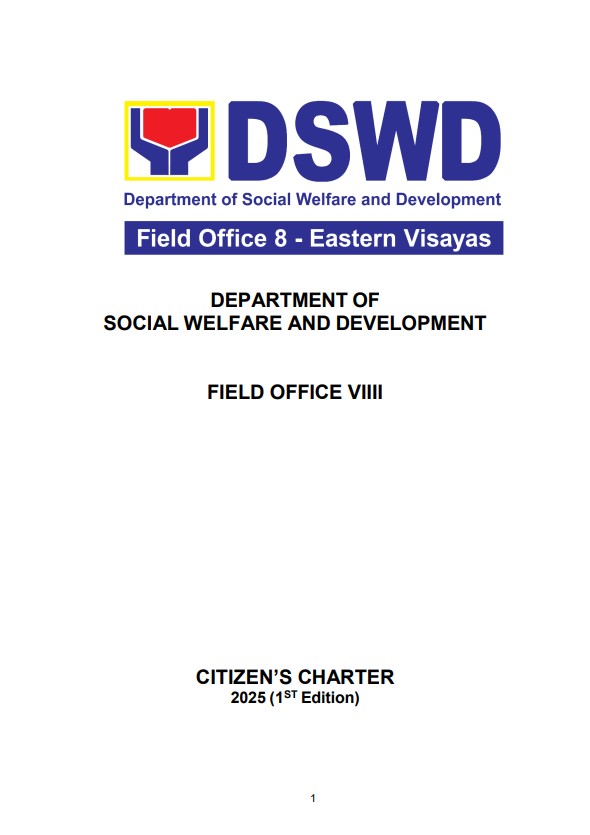Soc Tech is mandated to develop and enhance customer-driven social protection technologies addressing current and emerging needs and issues of poor, vulnerable and disadvantaged individuals, groups and families. It responds
RATIONALE
Social Technology Bureau responds to the emerging needs and trends that affect the lives of the poor, vulnerable and disadvantaged individuals, groups or families under two (2) key results area: A) Development of new social welfare (SWD) technologies; and B) enrichment of existing SWD programs
The ST development framework specified in Administrative Order No. 31 Series of 2003 and Memorandum Circular No. 6, Series of 2011 is enhance to provide the necessary alignment with the new developments, along social protection, as stated in the National Economic Development Authority – Social Development Committee (NEDA-SDC) Resolution No. 1 Series 2007. This also supports the Department’s strategic goals, major final outputs, human development and poverty reduction
OBJECTIVES
To provide clear operational direction on social technology development; and
To harmonize, integrate and align the social technology development with the Department’s Strategic Goals and Directions.
COVERAGE
This Administrative Order shall apply to Central and Field Office initiated social technology development. Based on the Executive Order No. 15 series of 1998 this also covers the particularly those partners in effectively implementing programs, projects, and services that will alleviate poverty and empower disadvantaged individuals, families and communities for an improved quality of life such as the local government units (LGUs), non-government organizations (NGOs), other national government agencies (NGAs), people’s organizations (POs) and other members of civil society.
SOCIAL TECHNOLOGY DEVELOPMENT
The social technology starts with the process of identifying SWD gaps, emerging needs and trends and or prioritizing a specific and evidenced-based burning social issues that affect the sectors of children, youth, women, family, older persons, persons with disabilities, indigenous peoples and displaced persons, etc. The “process triggers” in ST development refer o emerging SWD needs that address risks, and vulnerabilities of individuals, families, and communities and requires prompt response or action of the Department. This series of actions start from studying emerging trends and carefully identifying SWD gaps that lead to the development of immediate ST services or provision of critical action or response.
Examples of these internal and external processes that serve as ST development triggers are as follows:
Internal Context
- Lead in Social Protection and Chair of the Human Development Cluster
- Strategic Goals / Initiatives, from CY 2016 – 2030 or overarching vision of becoming “the world’s standard for the delivery of coordinated social services and social protection for poverty reduction by 2030”
- Reform Agenda (Reform Area 2: Better and faster programs and services)
- Convergence Strategy
- Performance Governance System and Balance Score Card (PGS-BSC) for process excellence, resource stewardship, and organizational excellence.
- DSWD’s Comprehensive 5-Year Social Technology Agenda
External Context
- Policy Instruments (International, National Laws, Regional, and/or Local Resolutions)
- Research/Feasibility Studies, SPDR / SP VAM Results
- Emerging Needs and Trends / Emerging SWD needs, risks, and vulnerabilities of individuals, families, and communities (i.e., based on the Global / (ASEAN Region, national and local situationer)
- Environmental Challenges and Risks (Disaster Events and New Normal phenomenon, or future scenario, etc.)
The data from the National Household Targeting system and readily available researches are utilized to promote evidenced and need-based strategies while processes are guided with the core themes, principles and elements of innovation and responsive programs. These are also anchored on human rights, gender and human rights based and participatory, culture-sensitive and developmental approaches, etc.
Stakeholders are consulted and are actively involved in every stage / processes, pilot implementation, monitoring and project evaluations and documentation of ST products as “models of intervention”.

